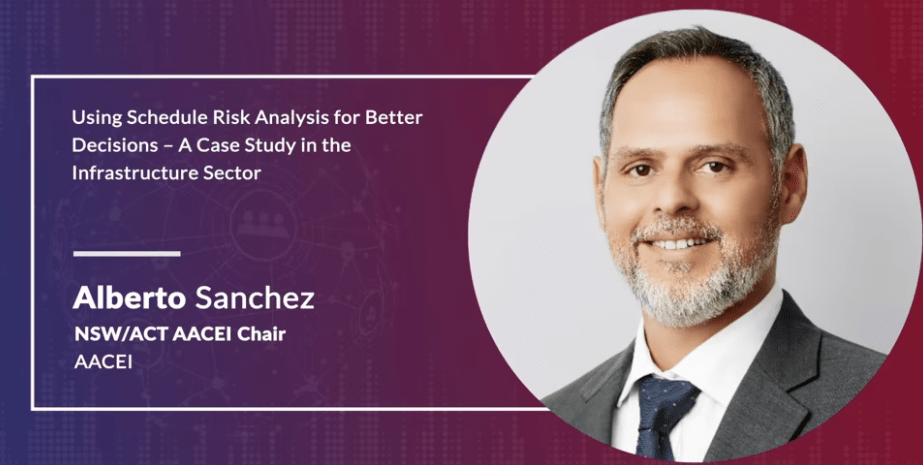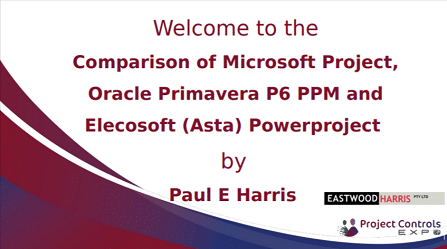The infrastructure sector is notorious for complex projects with high risk exposure. Unfortunately, a high percentage of infrastructure projects experience significant schedule delays. Yet, some of the causes of project failures can be traced back to wrong decisions during the early stages of the project because of poor decision and risk management. As a result, now more than ever government agencies, and businesses have recognized that schedule risk analysis practices are essential to provide enough information for decision-makers to address risks and decide how to maximize the chance to achieve the expected economic benefits.
A case study is presented to describe the drivers behind better decision-making processes to positively influence infrastructure projects.
Key Words: quantitative risk analysis, deterministic schedules, risk-adjusted schedules, schedule contingency
AACE International Recommended Practices
57R-09, Integrated Cost and Schedule Risk Analysis using risk drivers and Monte Carlo Simulation
52R-06, Time Impact Analysis as applied in construction
44R-08, Risk Analysis and Contingency Determination Using Expected Value
65R-11, Integrated Cost and Schedule Risk Analysis and Contingency Determination
63R-11, Risk Treatment
84R-13: Planning and Accounting for adverse weather










